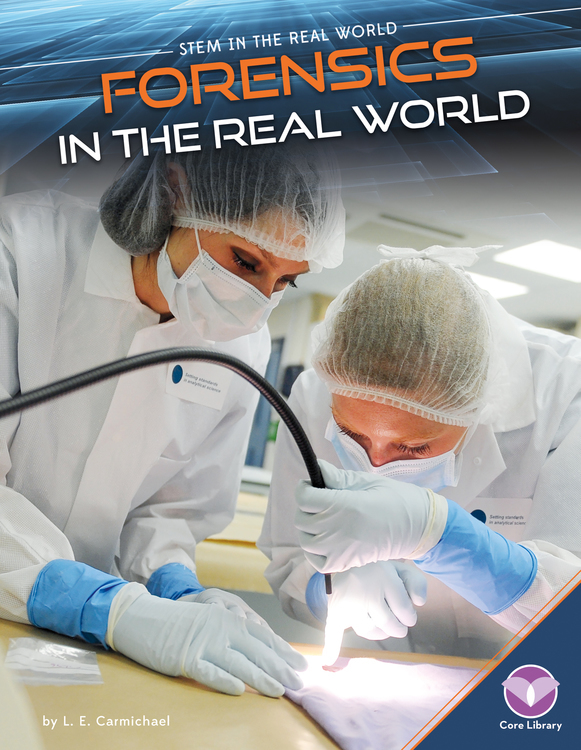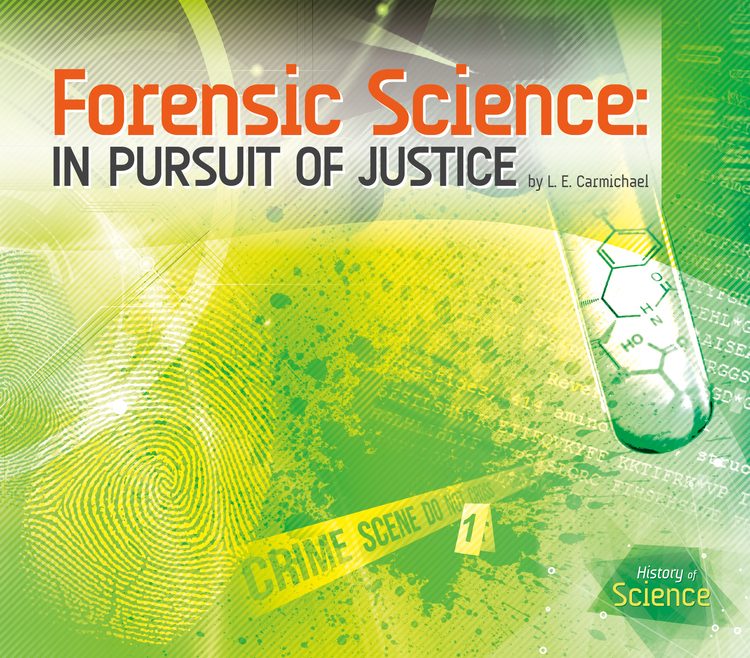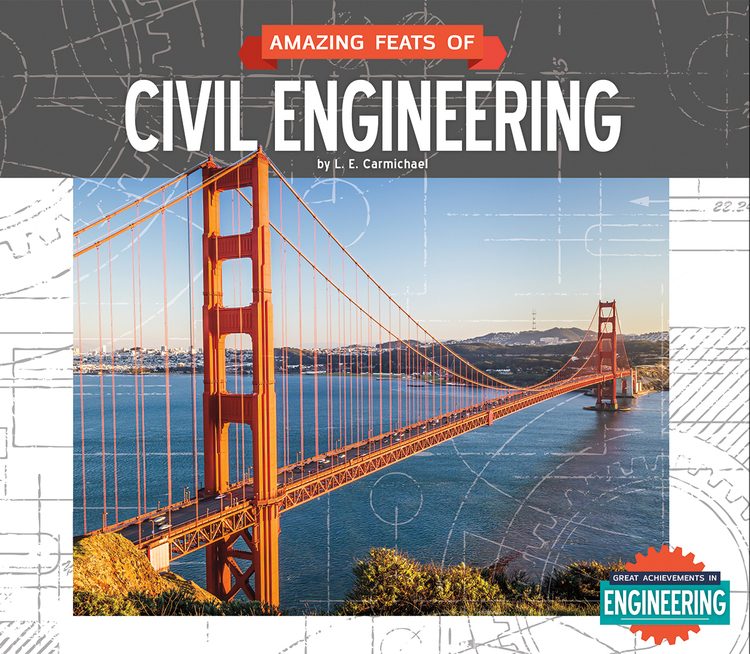Explore Books About careers
Forensics in the Real World
First, learn what forensics is and how it came to be. Then, peek inside the daily lives of the real crime scene investigators, forensic specialists, and research scientists that help solve crimes every day. Includes insight into real cases and plenty of info on what it takes to do these important jobs.
Details

Forensics in the Real World
Forensic scientists study crime scenes, examine evidence, and invent new ways to solve crimes. Forensics in the Real World examines the history of this field, what forensic scientists do today, and what’s next for this branch of science. Easy-to-read text, vivid images, and helpful back matter give readers a clear look at this subject. Features include a table of contents, infographics, a glossary, additional resources, and an index. Aligned to Common Core Standards and correlated to state standards.
Reviews
Forensic Science: In Pursuit of Justice
This book explores how forensic science first developed. It covers the history of DNA fingerprinting, autopsy and anthropology, chemistry and toxicology, ballistics, blood spatter analysis, fingerprints, trace evidence, and questioned documents, with emphasis on key scientists and landmark cases. Current issues in forensic science, and the future of the field, are also discussed.
Details

Forensic Science: In Pursuit of Justice
This title presents the history of forensics. Vivid text details how early studies of toxic chemicals and firearm analysis led to modern scientific crime solving techniques. It also puts a spotlight on the brilliant scientists who made these advances possible. Useful sidebars, rich images, and a glossary help readers understand the science and its importance. Maps and diagrams provide context for critical discoveries in the field. Aligned to Common Core Standards and correlated to state standards.
Reviews
Amazing Feats of Civil Engineering
This book introduces engineering concepts like settlement, load and sustainability through in-depth examination of three projects: Confederation Bridge, the Burj Khalifa, and the Panama Canal. It also explores both the history and future of this foundational field of engineering.
Details

Amazing Feats of Civil Engineering
Engineers design our modern world. They combine science and technology to create incredible vehicles, structures, and objects. This title examines amazing feats of civil engineering. Engaging text explores massive bridges, the world’s tallest skyscraper, and the Panama Canal. It also examines the engineers who made these projects a reality and traces the history of the discipline. Relevant sidebars, stunning photos, and a glossary aid readers’ understanding of the topic. A hands-on project and career-planning chart give readers a sense of what it takes to become an engineer. Additional features include a table of contents, a selected bibliography, source notes, and an index, plus essential facts about each featured feat of engineering. Aligned to Common Core standards and correlated to state standards.